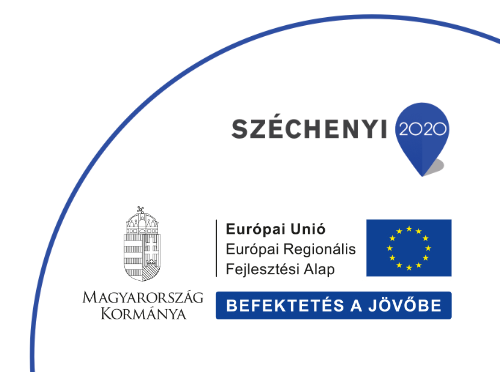On April 8, 2013 our Political Analysis class visited the Hungarian Parliament. Our guide was Tamás Lánczi, who informed us about the rules of the plenary session.
When we arrived to the chamber, the members of parliament were already working, preparing their speeches. The argument between the governing party and the opposition was quite fierce and intense. But that is how it should be: one of the parliament's tasks is to represent different political opinions and theories. But this word-fencing has rules, which provide the proper proceeding of these debates. During the interpellations, each individual member of parliament has 3 minutes to formally submit questions to a member of government, who has 4 minutes to respond. The other members have one minute to cast a vote about accepting the answer. After the interpellations, there is also time for immediate questions: in the first round, both the questioner and the respondent have 2 minutes; while in the second round, they have 1 minute for a rejoinder.
We spent approximately 2 hours at the plenary session, during which the main subjects were land use strategies, the state of family farming, the retirement of mineworkers, the fate of small and middle-market companies and flood-prevention.
We left the session with mixed feelings. It was exceedingly interesting to observe the work at the Parliament; an entirely different experience than just watching the live coverage on television. On the other hand, seeing that some MP's don't really pay attention to their co-workers and don't focus on their tasks can be rather disappointing...
A Visit to the Hungarian Parliament
2013.04.17.
On April 8, 2013, the Political Analysis class visited the Hungarian Parliament. An account by Lilla Miszkuly and Kitti Rózsa.


